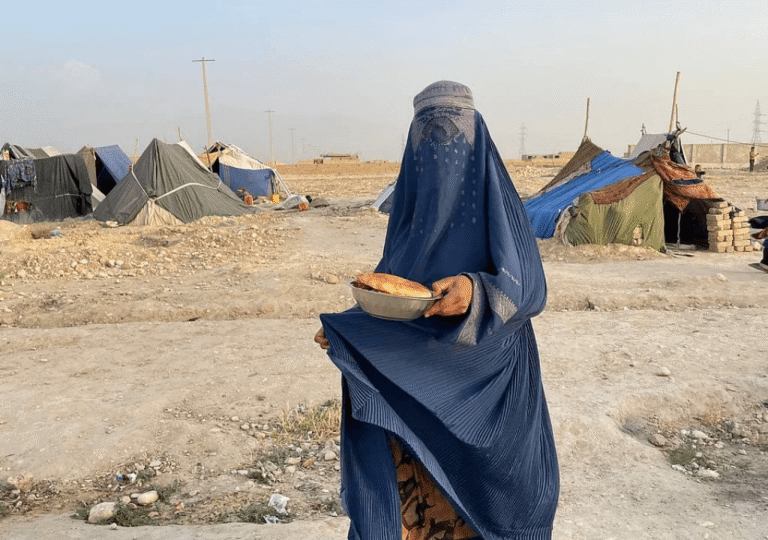Uttar Pradesh, a northern state of India, has a population of 240 million. If it were an independent country, it would be the sixth largest in the world by population. The state spans 243,286 square kilometers and has a legislative assembly of 403 members. It’s difficult to imagine how the administration functions effectively when the chief minister can’t review even one constituency a day, let alone remember each one. This challenge isn’t unique to Uttar Pradesh – other large states like Maharashtra, Bihar, West Bengal, Andhra Pradesh, and Madhya Pradesh face similar issues. Despite the size and population of these states, there are no significant movements at the administrative level for division and the formation of new states, although the idea is active on social media. Any political effort to propose new states faces significant opposition. While the U.S., with a population of 330 million, has 50 states, India, with 1.4 billion people, remains with only 28 states. This situation creates enormous challenges in governance, public administration, and even public health.
When the modern Republic of India was formed in 1950, after a long period of Ottoman and British colonization, it faced a significant challenge in dividing the country into provinces due to its multi-ethnic and multi-cultural population. At the time, many people were uneducated, deeply emotional, and strongly tied to their cultural identities. The framers of the Constitution feared that dissatisfaction with the division of states could lead to riots or even secession movements to form new countries. To address this, they decided to use language as the primary criterion for state formation, leading to the creation of 14 states based on linguistic lines while continuing some of the provinces established during British rule. This approach worked to some extent, but over time, demands for statehood grew for various reasons, including the desire to recognize different ethnic groups and cultures. Many new states were formed as a result, but in the 21st century, only four states have been created, primarily for administrative purposes.
It’s clear that managing such large states presents administrative challenges, but the issue is primarily political. The Bharatiya Janata Party (BJP), which currently rules India, is opposed to dividing states and forming smaller ones. The party prioritizes nationalism over localism and doesn’t want to create new states that might foster regional identities. Another concern for the BJP is the rise of local parties; they fear that smaller states would become breeding grounds for parties that push local agendas, which could threaten national interests. Additionally, demographics play a role—the BJP is wary that smaller states might give more importance to Muslim votes, which the party may struggle to secure. Smaller states with smaller populations would likely elevate the significance of minority votes. There’s also the concern about the lack of resources and revenue in smaller states.
The Indian National Congress and the Samajwadi Party, the second and third largest parties, are also against the division of states. Public opposition to dividing states is another major issue, often leading to violent protests. People are emotionally connected to their states, and any move to divide them can be exploited by politicians for their own interests. However, another national party, the Bahujan Samaj Party, supports the creation of smaller states for more effective administration and the rule of law. In fact, in 2011, they even passed a bill in the Uttar Pradesh state assembly to divide the state, but it was halted by both the then and current central governments.
As the population becomes younger and more educated, many believe that emotional attachments to states will diminish, leading to a growing demand among younger generations for smaller states and more efficient administration. The call for new states is gaining support on social media, where several campaigns are gathering momentum. However, the central government has shown little interest in these demands. It is evident that the division of large states would lead to smoother administration and better enforcement of the law, since the government has not prioritized birth control. It is likely that public demand for smaller states will intensify in the near future, especially as people grow frustrated with poor government services and a lack of jobs, eventually forcing the government to act.








